A composite composed of cobalt/cobalt oxide nanoparticles embedded in free-standing reduced graphene oxide (Co/Co3O4-Gr) has been developed for complete water splitting.
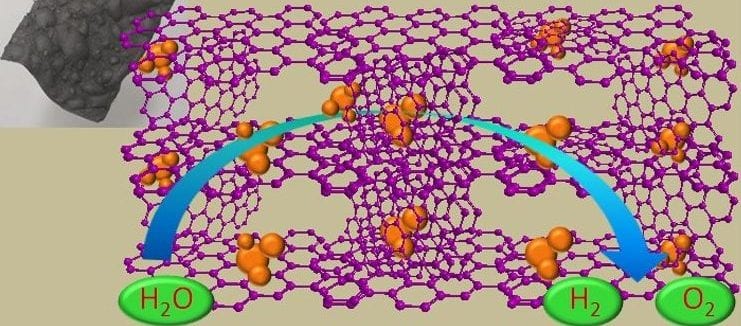

A composite composed of cobalt/cobalt oxide nanoparticles embedded in free-standing reduced graphene oxide (Co/Co3O4-Gr) has been developed for complete water splitting.
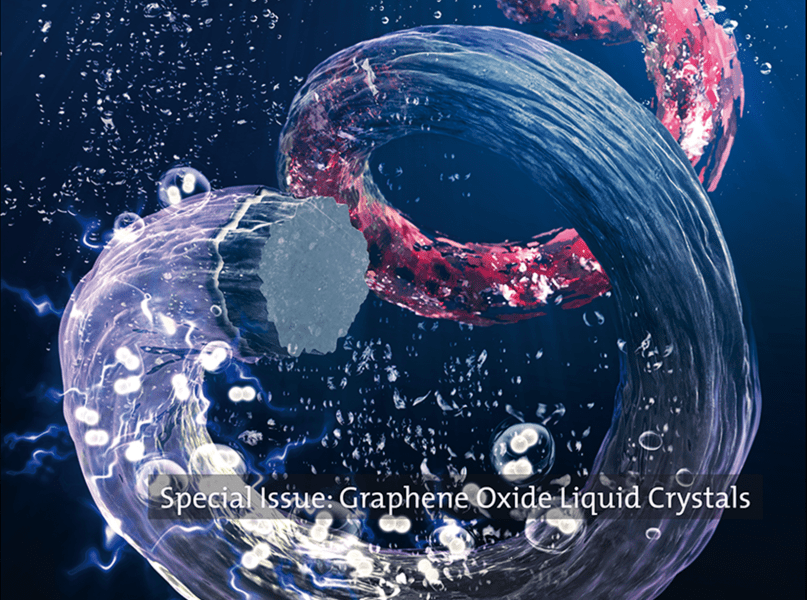
Guest editors Kyung Eun Lee and Sang Ouk Kim present important recent contributions to the field of Graphene Oxide Liquid Crystals and discuss how this research field will develop in the coming years.
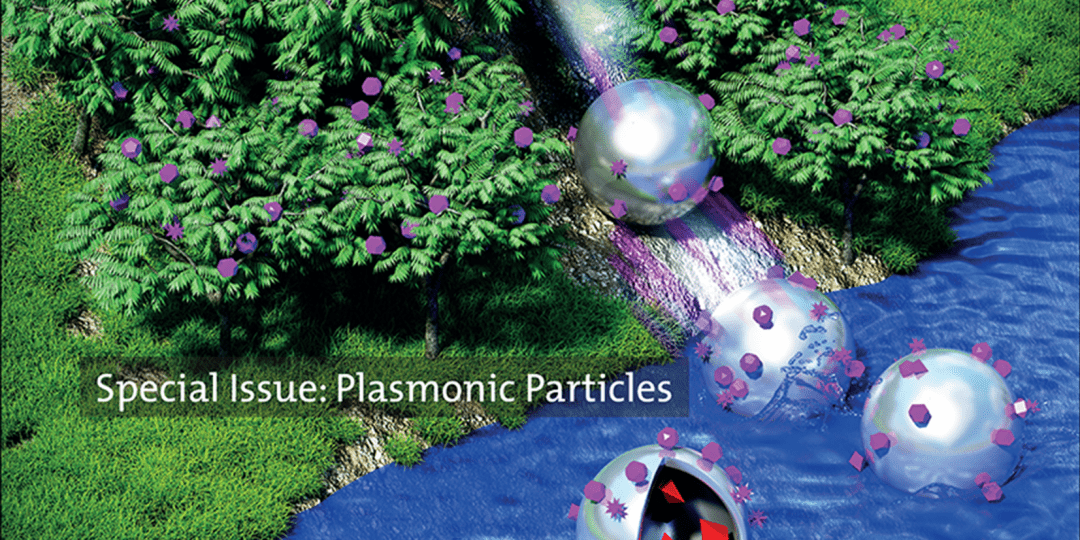
Guest editors Yugang Sun and Zhiyong Tang outline current research directions in the field of plasmonic particles.
Azzuni and Breyer propose a generic definition of energy security. A definition that covers all aspects of the energy security concept with taking into consideration the notion of sustainability and vulnerability was developed.
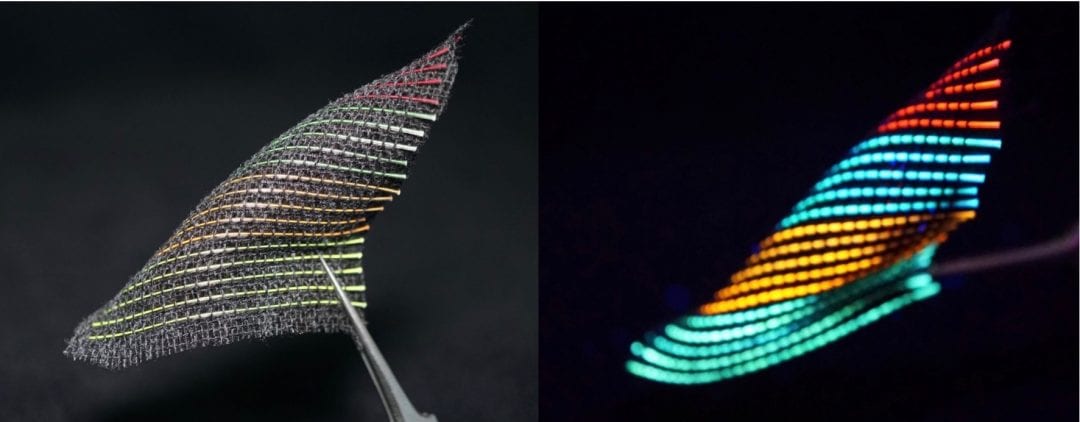
A novel family of colorful fluorescent supercapacitor fibers allows for continuous energy storage in flexible systems used in the dark.
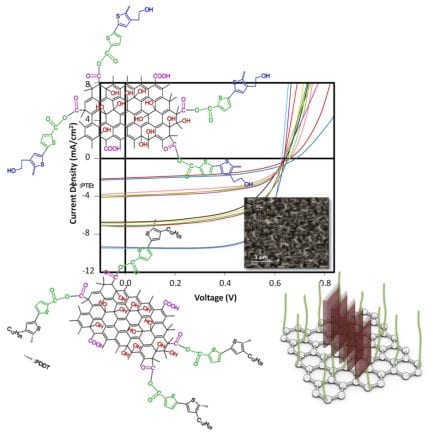
Supramolecules based on the flat-on P3HT chains and grafted rGO nanosheets in the P3HT:PCBM active layers have shown improved performance as photovoltaic devices.

What it will take to stabilize global temperature below 2°C above pre-industrial levels? A new review article by Adrien Vogt-Schilb and Stephane Hallegatte discusses two potential solutions.
An Advanced Review by Oliver Lah outlines the key elements of a low-carbon stabilization pathway for land transport, focusing on the potential of key policy measures at the local and national level, opportunities for synergies of sustainable development and climate change objectives and governance and institutional issues affecting the implementation of measures.
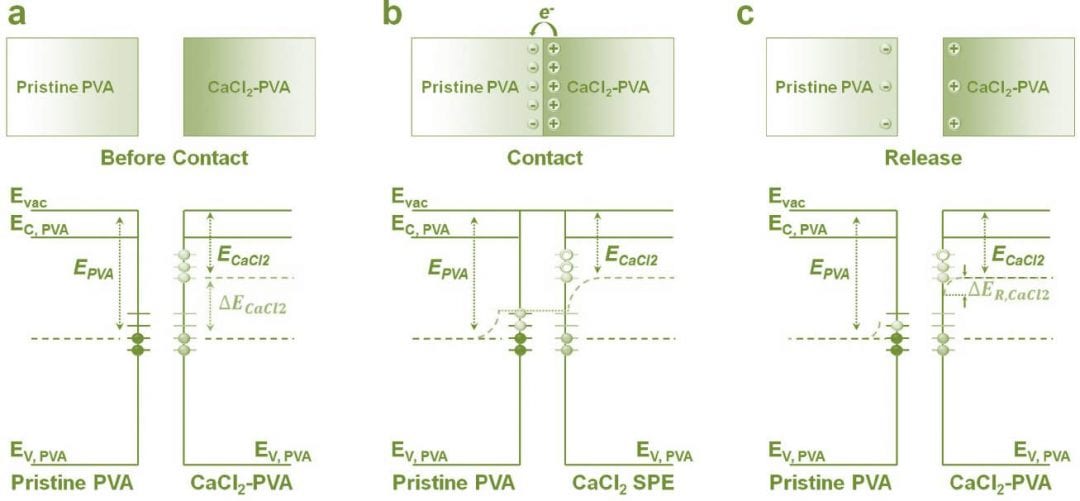
Triboelectric nanogenerators are an exciting frontier in small-scale applications, converting low-frequency mechanical energy into an alternating current.

This years’ EUROMAT2017 conference took place in Thessaloniki, Greece, 17-22 September.